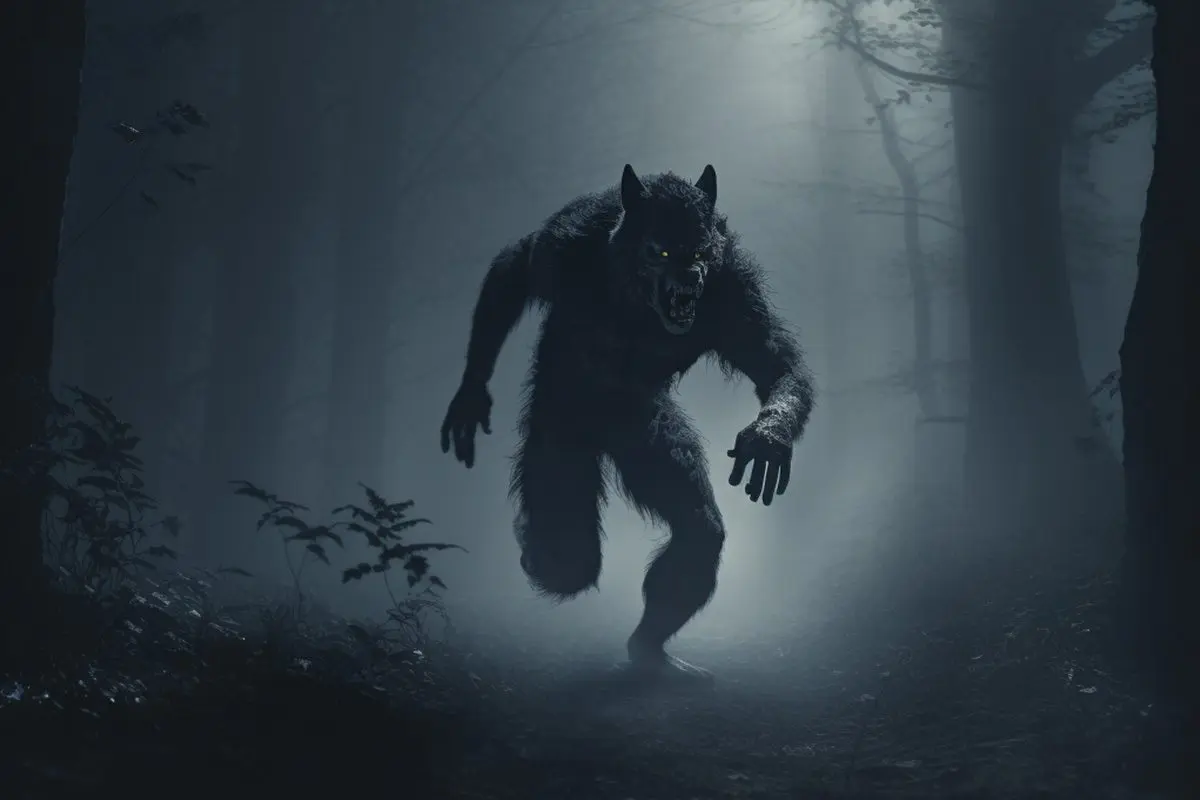
Unraveling the Secrets Behind French Werewolf Legends
France, renowned for its rich history, enchanting landscapes, and cultural depth, also brims with myths and legends that have entranced people for centuries. Among these tales, the legend of the werewolf stands out, presenting an intriguing confluence of history, superstition, and folklore. In this blog post, we will explore the fascinating world of French werewolf legends, focusing on their origins during the Medieval and Renaissance periods, and uncover how they continue to captivate modern audiences.
The Origin of the Werewolf Myth in France
The concept of the werewolf, or “loup-garou” in French, surged into prominence during the Medieval and Renaissance periods. This era, marked by widespread poverty, famine, and disease, created a fertile ground for fear and superstition, making the idea of humans transforming into wolves particularly compelling. The werewolf myth became intertwined with the notion of lycanthropy—a condition where people believed they could turn into wolves or other animals.
Medieval Period: Fear and Superstition
During the Medieval period, the idea of werewolves was more than just a myth; it was a palpable fear that permeated society. The widespread belief in witchcraft and the supernatural fueled this fear. The Inquisition and subsequent witch trials that plagued Europe often included accusations of lycanthropy. People believed that werewolves were individuals who had made pacts with the devil, gaining the ability to transform into wolves in return for their souls.
One notable example is the 1579 chronicle by Jean de Nynauld, which tells of a man who exhibited peculiar behavior such as walking on all fours and eating raw meat—traits that were interpreted as signs of lycanthropy. These stories were not just confined to folklore but were documented in treatises and legal records, further embedding the werewolf myth into societal consciousness.
Renaissance Period: The Beast of Gévaudan
The Renaissance period saw one of the most famous cases associated with werewolf legends—the Beast of Gévaudan. Between 1764 and 1767, a mysterious creature terrorized the French countryside, killing over a hundred people. Described as a bipedal, powerfully built beast covered in fur, the creature sparked widespread panic and an extensive hunt involving thousands of soldiers and hunters.
Despite numerous attempts to capture or kill the Beast, it remained elusive, further fueling the belief that it was a supernatural creature, perhaps a werewolf. The event left an indelible mark on French folklore, solidifying the werewolf’s place in the nation’s collective imagination.
Werewolves in French Urban Culture
The fascination with werewolves extended beyond folklore into popular culture, particularly through literature, movies, and even video games. Early horror films like Universal’s “The Wolf Man” and Hammer Studios’ “Curse of the Werewolf” helped popularize the creature, albeit with some exaggeration of its characteristics.
Literature and Treatises
Jean Grenier’s 1606 work “Discours de la Lycanthropie” investigates several cases of werewolves and their significance in French society. These accounts, often tinged with religious perspectives, depict the werewolf as a manifestation of humanity’s darker side, influenced by sorcery and pacts with the devil. These treatises offered both cautionary tales and reflections on societal fears, contributing to the enduring lore.
Modern Influences
French werewolf legends have continued to inspire modern culture. Films like “Le Pacte des Loups” (The Brotherhood of the Wolf) draw directly from historical events like the Beast of Gévaudan, merging history with horror to create compelling narratives. Comics and video games, such as the “Loup-Garou” series and “The Order: 1886,” explore werewolf mythology, allowing audiences to interact with these legends in new and engaging ways.
Historical Evidence and Documentation
The werewolf legend is not just a tale passed down through generations; it is also documented in various historical texts and records. Sabine Baring-Gould’s “The Book of Werewolves” provides a comprehensive overview of werewolf lore throughout Europe, including France. Official records from the time of the Beast of Gévaudan detail the attacks and the ensuing hunt, offering a glimpse into the real-world impact of these legends.
Additionally, accounts from the Inquisition and witch trials, which often included cases of lycanthropy, illustrate the legal and religious perspectives on werewolves in France. Excerpts from medieval French literature, such as “La Chanson de Roland” and “Le Roman de Renart,” contain references to shape-shifting and werewolves, underscoring the pervasiveness of these myths in historical narratives.
The Legacy of French Werewolf Legends
Though the Enlightenment era and the Age of Reason brought a decline in the belief in werewolves and other supernatural beings, the lore continues to capture the imagination. The cultural impact of French werewolf legends is evident in tourism, literature, and media, with regions in France promoting werewolf-themed attractions and events.
For travelers and enthusiasts, exploring the mystical forests, deep caves, and historic trails of France offers a unique opportunity to delve into the supernatural world of the werewolf. Engaging with local folklore and understanding the historical context of these legends enriches the experience, making it more than just a tale but a journey into the heart of French cultural heritage.
The legend of the French werewolf is more than just an exotic tale; it is a reflection of societal fears, historical contexts, and the human fascination with the supernatural.
From medieval chronicles and Renaissance hunts to modern-day movies and literature, the werewolf has maintained its enigmatic presence in French culture.
As we unravel the secrets behind these legends, we gain a deeper appreciation for the rich tapestry of folklore that continues to influence and inspire. Whether you are a history buff, a folklore enthusiast, or simply curious, the story of the French werewolf offers a captivating glimpse into a world where myth and reality intertwine.
For those eager to explore further, sign up for our newsletter to stay updated on the latest discoveries and insights into French folklore and beyond. Join us as we continue to uncover the mysteries of the past and share the stories that shape our cultural heritage.
Stay curious, and happy exploring!
Wanting to explore more of france?
Have you ever wondered what it’s like to step into a fairytale? Well, that’s exactly how I felt when I visited Roussillon Provence in France. As soon as I walked through the gates of this ancient city, I was completely captivated by its beauty and charm. From its vibrant red ochre buildings to the narrow cobblestone streets, there were so many unique details that made this place truly special. In this blog post, I’ll share my experiences of exploring this beautiful city and all its wonders! Read more in my article: EXPLORING THE MAGIC OF ROUSSILLON PROVENCE FRANCE – THE RED CITY
.



